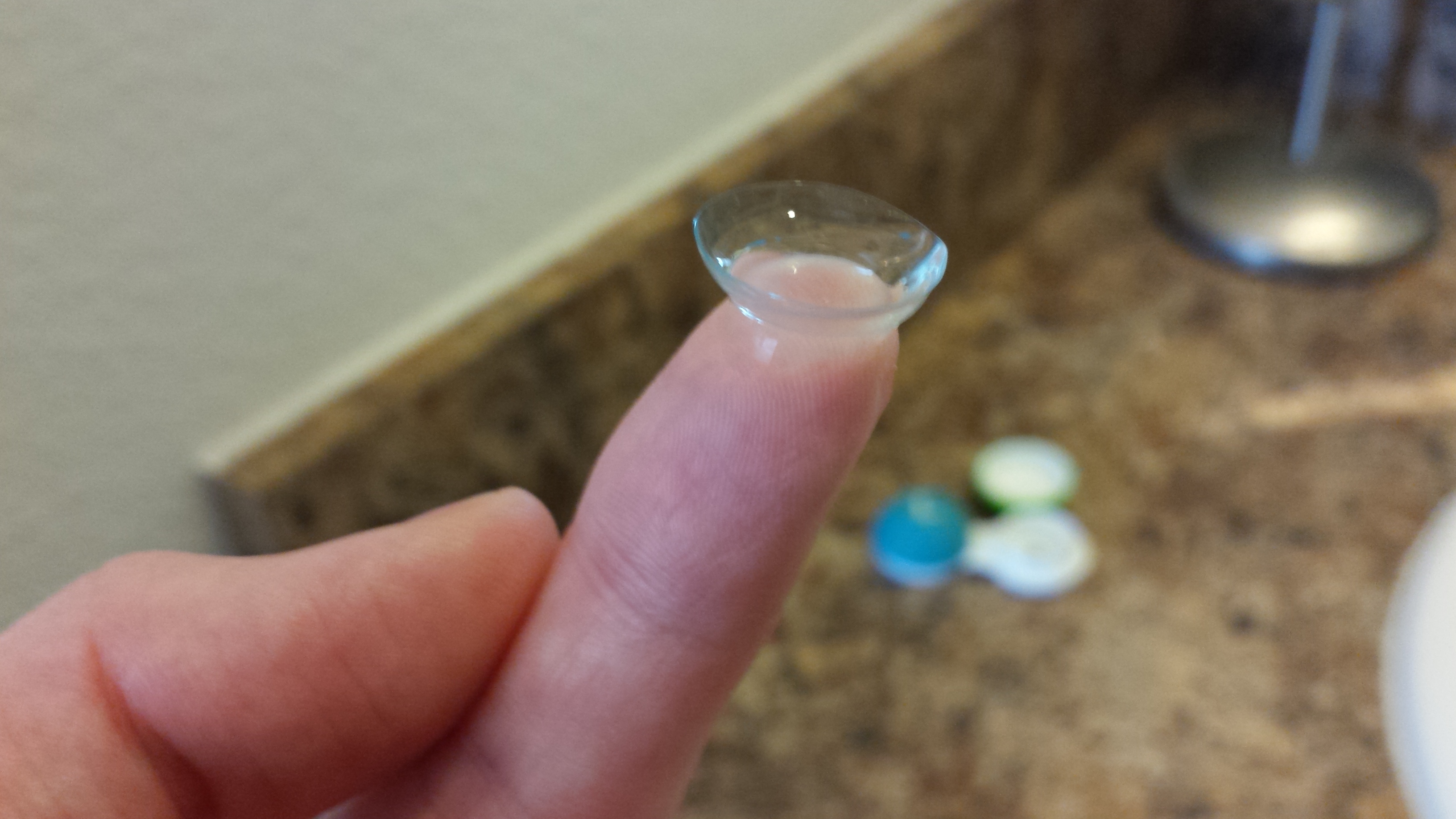Quit your trying, Google Glass — contact lenses of the future could be used to browse the web and monitor your health. Scientists from the Future Industries Institute of South Australia have released a study detailing the use of hydrophilic organic electrodes (water-compatible conductors) on flexible hydrogels (contact lenses). The conductive film coating can transform contacts lenses into mini computers, displaying right over your eyes.

Image source: Nicole DiGiose of Electronic Products.
According to researcher and associate professor at the Future Industries Institute, Drew Evans, uses for these lenses could include a sensor for measuring glucose levels, or creating electronic displays on the lenses themselves.
Of course, display-capable contacts could also be a huge game-changer for virtual reality. By being able to stream video directly over your eyes, you could do away with bulky VR headsets, and contact lenses wouldn’t be as noticeable as smart glasses, which can draw the wrong kind of attention.
Better yet, the conductive polymer films can be used for more than just contacts.
“The applications include special air electrodes in batteries and capacitors, smart windows that change from light to dark with the flick of a switch, and adaptive camouflage for the military,” Evans said in an interview with Mashable. “All these use the same principles of the fundamental science we, and many researchers around the globe, are developing.”
Inspired by the increase in popularity and advancement of wearable and biocompatible technologies such as smartwatches and heart pumps, these contact lenses would be an improvement from the smart lenses Google patented and began working on in 2014, which could also measure glucose levels.
Although they have been researching conducting polymers for decades, Evans said he and his team came up with the idea of combining contact lenses and conducting polymers just two years ago.
As far as the eye can see, the future looks promising.
Advertisement
Learn more about Electronic Products Magazine





